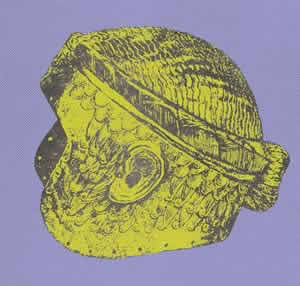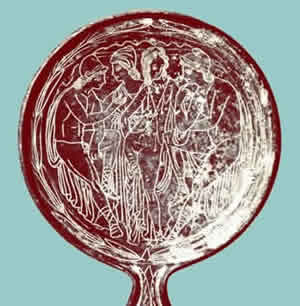A Brief History of Hand Engraving

Metal engraving started as a decorative technique around the 5th century B.C. It predates acid etching and was often used with techniques such as chasing and repousee. The latter methods use a shaped metal rod hammered against metal to make an indentation. Hand engraving utilizes a short, sharpened rod that is pushed by hand along the surface carving out a line in the metal. This results in a much sharper line than any other method. The golden helmet pictured here is one of the first examples of hand engraving.

Hand engraving was particularly popular in Greece during the 3rd and 4th centuries B.C. The back of this bronze mirror shows an engraved scene of contemporary life. Urns were also embellished with such scenes or illustrations from mythology. The development of the alphabet also increased the use of engraving as a way to commemorate special dates or immortalize philosophical sayings.

During the 15th century A.D., engraving reached a new peak. With the prevalence of Heraldic Emblems, nobility had their family crests engraved on many items, including family crest rings. These rings were pressed into hot wax to seal letters or stamp documents so the receiver could be assured of authenticity.
(for info on family crests)

By the 1800's, hand engraving was popular on many personal items. Monograms and messages were a way to personalize rings, watches, lockets, boxes, hand mirrors, hair brushes, flasks, cigarette cases. Notice how you can still clearly see "bless you" inside the ring shown here from 1861
